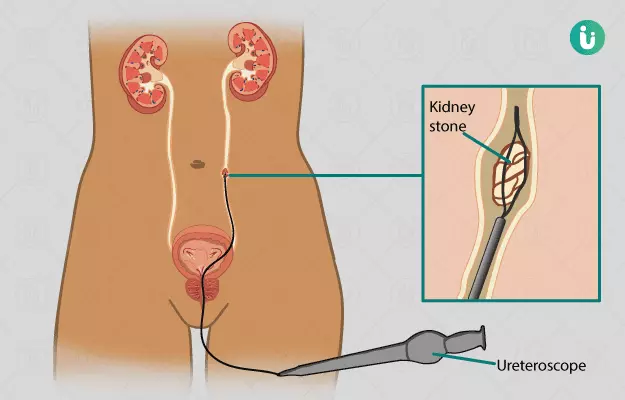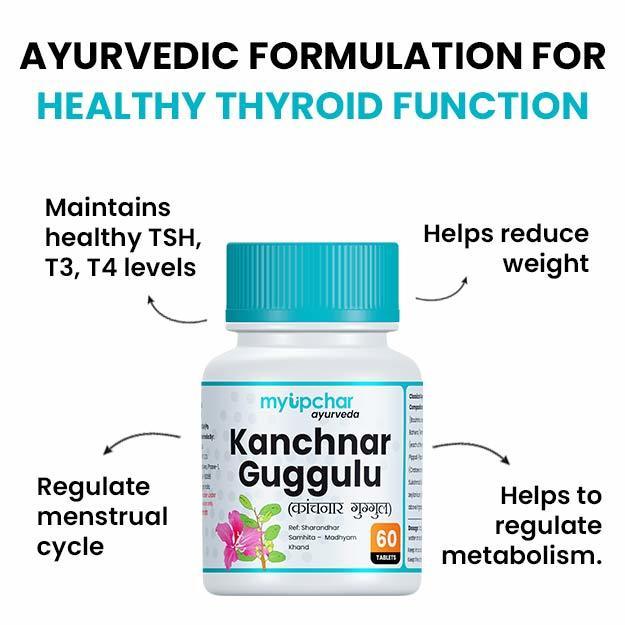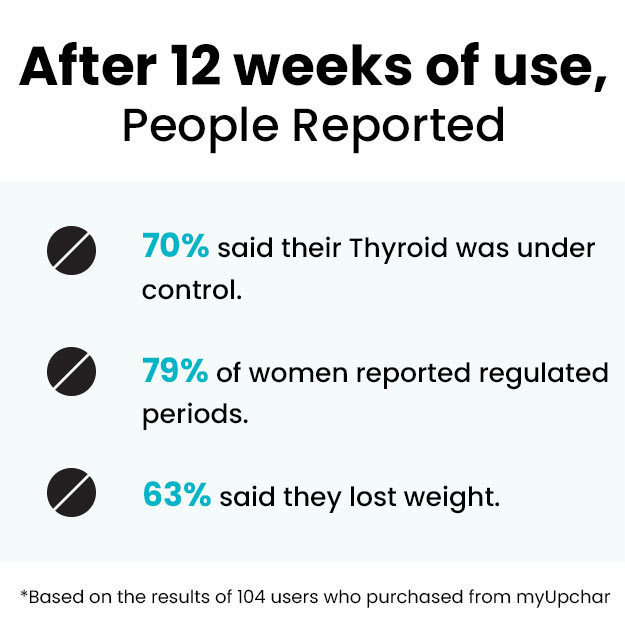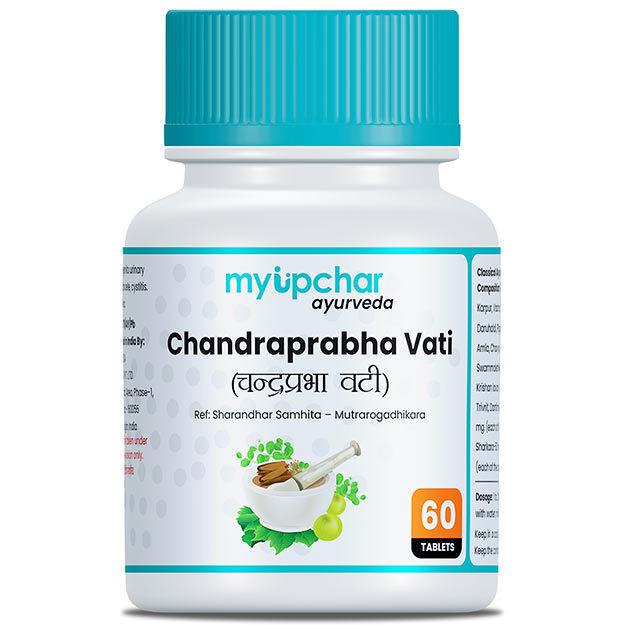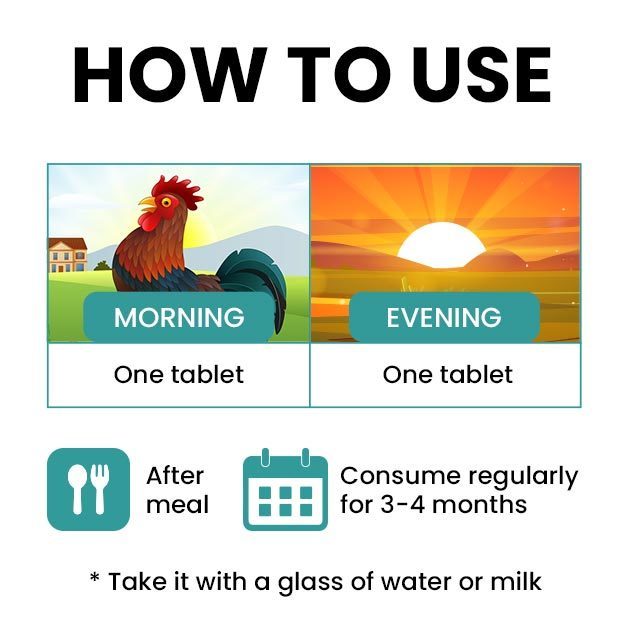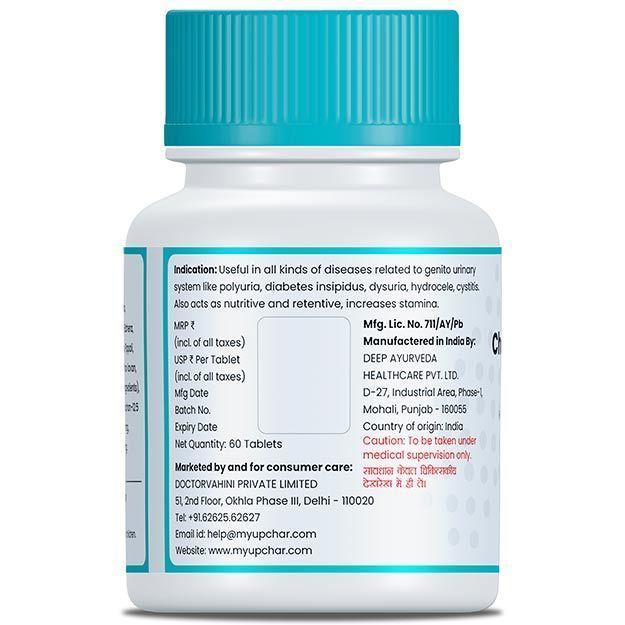Summary
Ureteroscopy is a safe and efficient procedure that does not require an overnight hospital stay and you can return home on the same day the surgery is performed. In many countries, it is routinely performed to treat many conditions of the urinary system. The urinary system is also known as the urinary tract, which consists of the kidneys (two-bean shaped organs, which filter the waste out of the blood and the waste travels through the ureter and collects in the bladder), ureter (long thin tubes, which connect each kidney to the urinary bladder), urinary bladder (a balloon-shaped organ that collects the waste of the body in the form of urine) and urethra (the tube that carries urine from the bladder out of the body).
The chances of formation of stones in the kidneys and ureter are increasing day by day due to leading causes, such as unhealthy lifestyle, obesity, poor eating habits, lack of adequate water intake, and so on. Urinary stones are slightly more common in males than in females, especially in those between the age of 40-50 years. Recently, there has also been a significant increase in the number of children having stones in the upper urinary tract.
Kidney and ureteric stones are the most common disorders of the urinary tract, which cause severe pain. Ureteroscopy is considered a good option to manage the pain and to remove the stones from the ureter or kidney. Its use has increased due to technological advances since the last 30 years. The success rate of the procedure depends upon the position of the stones in the ureter or kidneys. The main benefit of URS is minimal contraindications for this procedure.
- What is a ureteroscopy
- Why is ureteroscopy done
- Preparations before a ureteroscopy
- How is ureteroscopy done
- Post-surgical care
- Precautions to take after surgery
- Risks and complications of a ureteroscopy
- Outcomes of a ureteroscopy
- Follow-up after surgery
What is a ureteroscopy
Ureteroscopy is a procedure, which involves examination of the urinary tract with the help of a ureteroscope (a small, thin, rigid or flexible tube with a tiny light and camera on the end). It is inserted into your bladder through the urethra, which helps your surgeon to view the insides of your ureter on a computer screen.
This procedure is performed by a surgeon or physician who specialises in diseases of the urinary tract and is known as a urologist. Ureteroscopy is usually done to remove the ureter or kidney stones from your body. These kidney stones are solid pieces formed in the kidneys or bladder and are made up of minerals and salts that move down the ureter and are also flushed out through the urine. Ureteroscopy is also known as ureteral stone surgery, kidney stone ureteroscopy, ureteral stone ureteroscopy, and calculi ureteroscopy.
Why is ureteroscopy done
Your urologist may perform ureteroscopy in the following conditions, such as:
- A stone in the urethra, ureter or kidney.
- Any blockage in the ureter.
- To remove any abnormal tissue growths, such as polyps (any mushroom-like growths), tumours or cancer.
- To perform a biopsy (removal of tissue from the body) of the ureter.
- To examine the areas of that ureter that have become restrictive.
- To examine a recurrent infection in the urinary tract.
- To obtain the urine samples.
If you have persistent pain, obstruction or difficulty or pain while urinating, stone growth larger than 15 mm, infection and renal insufficiency (poor function of the kidneys due to poor blood flow caused by stone lodgement in the kidney), then in majority of cases, it is indicated for the active removal of kidney or ureter stones by ureteroscopy.
Preparations before a ureteroscopy
- Before ureteroscopy, your urologist may ask you questions regarding your medical history, such as any allergies to medicines, high blood pressure, diabetes, thyroid problems and so on, which you currently have or had in the past. As these medical conditions are sometimes directly or indirectly related to each other, they help in accurate diagnosis and a medical prescription for your complaints.
- Your urologist may ask you for any medications that you are taking, for example, blood-thinners, such as aspirin, ibuprofen or any medicines for arthritis. You may be advised to stop a few or all of these medicines before the procedure.
- On physical examination, your doctor may check your vital signs, such as blood pressure, pulse rate, respiratory rate and body temperature.
- Various laboratory tests may be done, such as a blood test, complete metabolic vitamin levels and panel tests, such as LFT (liver function test), RFT (renal/kidney function tests), which can indicate any issues regarding your kidneys, liver, and the immune system.
- Urine test for checking the levels of urea and electrolytes.
- X-ray imaging may also be done with a dye contrast with the help of which the number of stones in the urinary tract can be counted.
- CT-scan may identify the size of stones and their location in the urinary tract.
- MRI may be done to get the detailed image of your kidneys or bladder.
- Ultrasound can be done to detect any obstruction in the urinary tract.
- Your urologist may give you some instructions, such as not to eat or drink anything prior to the procedure and when to urinate or empty the bladder.
- He/She will take your written consent before the procedure is started.
How is ureteroscopy done
It is the most favourable for the complete inspection of the urinary tract and treatment for multiple kidney or ureter stones. It can be performed by using a semi-rigid or flexible ureteroscope.
Flexible ureteroscopy
It is the most practical and safer treatment option for large and multiple stones of size 20-40mm in the upper urinary tract in which a flexible ureteroscope is used that can easily reach to any part of the urinary tract and can clear away the stones from the urinary system.
Rigid ureteroscopy
It is used to remove the distal stones with the help of rigid ureteroscope, which is positioned in the lower urinary tract.
On the day of surgery
After obtaining consent from you, the anaesthesiologist (a doctor who specialises in numbing a part or whole of the body before a surgical procedure) will look at your vitals (before, during and after the surgery), such as blood pressure, heart rate, body temperature and breathing rate.
- Ureteroscopy can be done in a clinic or an outpatient centre or hospital following the application of an anaesthetic gel around the urethral opening or by injecting a local anaesthetic into the urethra.
- Some individuals may require general anaesthesia in which medication is given through a vein in the arm or hand, which helps you relax and put you into a deep sleep state during the procedure.
- Once your groin and urethra are washed, your urologist will gently insert the tip of the ureteroscope and place a safety wire into the urethra up to the bladder.
- For the better view of the bladder wall, your urologist will slowly fill the bladder with sterile (germ-free) or saline water, which flows through the ureteroscope.
- Your urologist will then examine the area with the ureteroscope and advance the second guidewire to the kidney where the stone is lodged. After this, he/she may insert small instruments through the ureteroscope to fragment the large stone into smaller pieces using laser or shock wave lithotripsy (a procedure to break large kidney stones using high-frequency sound waves or high energy waves or laser) but most urologists prefer flexible ureteroscopy and laser fragmentation (breaking large stones using laser).
- Your urologist may place the stent in the ureter which allows easy passage of the stones through the urine. It can be done without anaesthesia as well. Stent placement is mostly recommended where there are more chances of postoperative complications, such as:
- Bleeding.
- Perforation.
- Pregnancy.
- Urinary tract infection.
- Residual stone fragments inside the urinary system.
In India, ureteroscopy usually costs around Rs 70,000 to 1,00,000 depending on the size, location and number of stones, the procedure employed, surgeon’s fees, medications used during the procedure, and hospital expenses.
Post-surgical care
After your ureteroscopy is done, you will wake up in the recovery room. This surgery doesn’t require an overnight hospital stay, as ureteroscopy is an outpatient procedure. But, in some cases, you may stay in the hospital for the next 24 hours or till the time you can urinate. Once you are awake, you can go home, you need to take care of the following instructions given by your urologist which includes:
- Having someone besides you for the next couple of days after the procedure is done.
- Taking plenty of rest for a speedy recovery.
- Taking medicines on time as prescribed by your doctor, such as painkillers and antibiotics to prevent infections.
- Drinking plenty of water (4-6 glasses per day) to dilute your urine, which will help to clear the urinary tract.
- Staying calm when you notice blood in your urine, which is quite normal after this procedure for the next 2 days.
- You may feel burning sensation and pain while urinating for the next few days. This discomfort will be relieved by sitting in a warm bathtub if your doctor permits you to do so.
- You can apply heating pads to relieve pain in your kidney area.
All these problems should not last for more than 24 hours, if it happens then you need to visit your doctor right away.
Self-care during the recovery phase
After the procedure is done, you need to take care of the following things:
- You should take proper rest for your speedy recovery and avoiding complications as many as you can.
- Your diet should include clear liquids for the first 24 hours because the procedure is done under general anaesthesia and there might be chances of weak bowel activity or constipation.
- Make sure to wear clean and comfortable clothing and undergarments.
- You can take walks as advised by your urologist.
- If you have a stent placed inside you, you need to visit your urologist within the next 1 or 2 weeks to get it removed (ureteral stents are usually removed a day after the procedure, that is, after 24 hours).
Precautions to take after surgery
You should take care of the following things which should not be done after the procedure, such as
- Avoid prolonged sleeping and sitting position.
- Driving should be avoided for 1-2 days after the procedure.
- Avoid lifting heavy weights and workouts, such as swimming, running and so on.
- Do not smoke or consume alcohol after ureteroscopy. They dehydrate the body, infuse toxins that may worsen your condition and slow down the healing process.
Risks and complications of a ureteroscopy
After the procedure is done, a few complications may arise, which are discussed below:
- Urinary tract infection is the most common complication, which is followed by chills or high fever and an increase in white blood cell count.
- Abnormal bleeding while urinating.
- Pain or discomfort in your bladder or kidney area while urinating.
- Injury to the urethra, urinary bladder, ureter or kidney.
- Nausea is quite common following any surgery, which is especially related to general anaesthesia and it usually resolves on its own.
- Fatigue is fairly common following surgery, which subsides in a few days.
- Due to scar formation, the urethral opening may get narrowed.
- You may be unable to urinate normally due to the swelling, which occurs after the procedure.
- Sometimes, after the procedure, various complications may be seen due to general anaesthesia, such as breathing problems, reaction to medicines, blood clots, infection and constipation.
- If you have a stent placed inside you, then there may be a chance of having warm, tingling sensations causing intense pain during urination.
- After the removal of stones by ureteroscopy, sometimes, residual stones may be present, which will be seen only on follow up imaging.
Outcomes of a ureteroscopy
- There are a number of parameters, such as stone location, size, composition, number of stones, age, gender and so on, which determine the success rate of ureteroscopy that varies from 50-90%.
- Fragmentation/breaking larger stones into smaller fragments and then the removal of stones has 95% success rates.
- There is a 100% success rate in those undergoing active extraction of stones.
Follow-up after surgery
You may visit your urologist within one week of surgery in which certain things can be done, such as general body checkup, routine lab tests that may include complete blood examination, urine examination and kidney function test (RFT). Your surgeon may ask you to continue the prescribed drugs for a few more days.
If you find anything unusual, such as pain, discomfort or any infections that last for more than 2 days after surgery, then you should visit your surgeon immediately. You should always keep the emergency number or helpline number with you so that help is available as soon as you need it.
Surgery Cost In Your City
References
- Oitchayomi A, Doerfler A, Le Gal S, Chawhan C, Tillou X. Flexible and rigid ureteroscopy in outpatient surgery. 2016 Jan 28. BMC Urology;16:6. PubMed PMID: 26822017.
- Wright AE, Rukin NJ, Somani BK. Ureteroscopy and stones: Current status and future expectations. 2014 Nov 6. World Journal of Nephrology;3(4):243-8. PubMed PMID: 25374818.
- U.S. National Library of Medicine. Ureteroscopy. 2017 Aug 26. National Institute of Health. MedlinePlus.
- U.S. Department of Health & Human Services. Cystoscopy and Ureteroscopy. 2015 Jun. National Institute of Diabetes and Digestive and Kidney Diseases.
- U. S. Department of Health and Human Services. Ureteral Stenting After Ureteroscopy for Stone Treatment, A Global Perspective on Indications and Outcomes. 2018 Jun 25. Study Record Detail. ClinicalTrials.gov Identifier: NCT03567421.
- Brisbane W, Bailey MR, Sorensen MD. An overview of kidney stone imaging techniques. Epub 2016 Aug 31. National Reviews Urology. 2016 Nov;13(11):654-662. PubMed PMID: 27578040.
- Ghosh A, Somani BK. Safety and feasibility of day case ureteroscopy and laser lithotripsy (URSL) in patients with a solitary kidney. Epub 2016 Jan 11. Central European Journal of Urology. 2016;69(1):91-5. PubMed PMID: 27123333.
- Takazawa R, Kitayama S, Tsujii T. Appropriate kidney stone size for ureteroscopic lithotripsy: When to switch to a percutaneous approach. 2015 Feb 6. World Journal of Nephrology. 4(1):111-7. PubMed PMID: 25664253.
- Reddy TG, Assimos DG. Optimizing Stone-free Rates With Ureteroscopy. 2015. Reviews in Urology. 17(3):160-4. PubMed PMID: 26543430.

